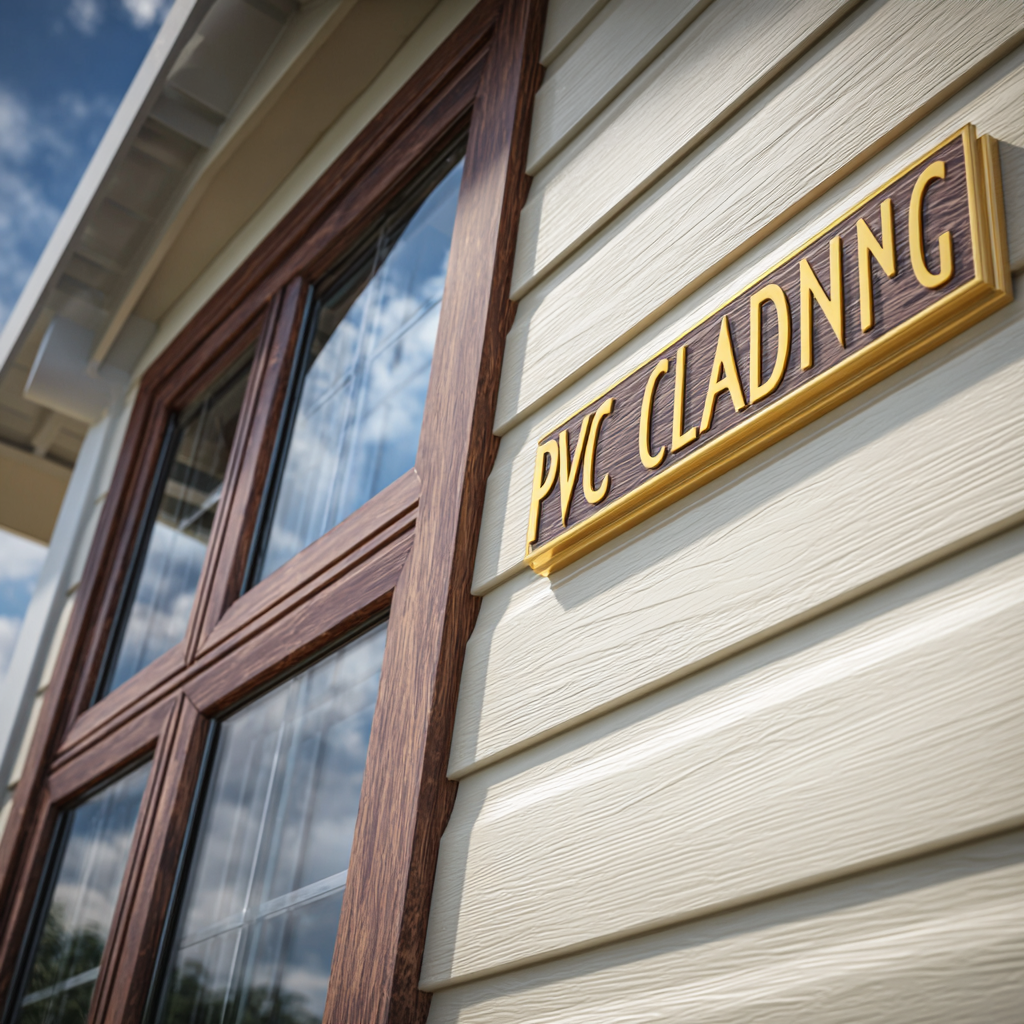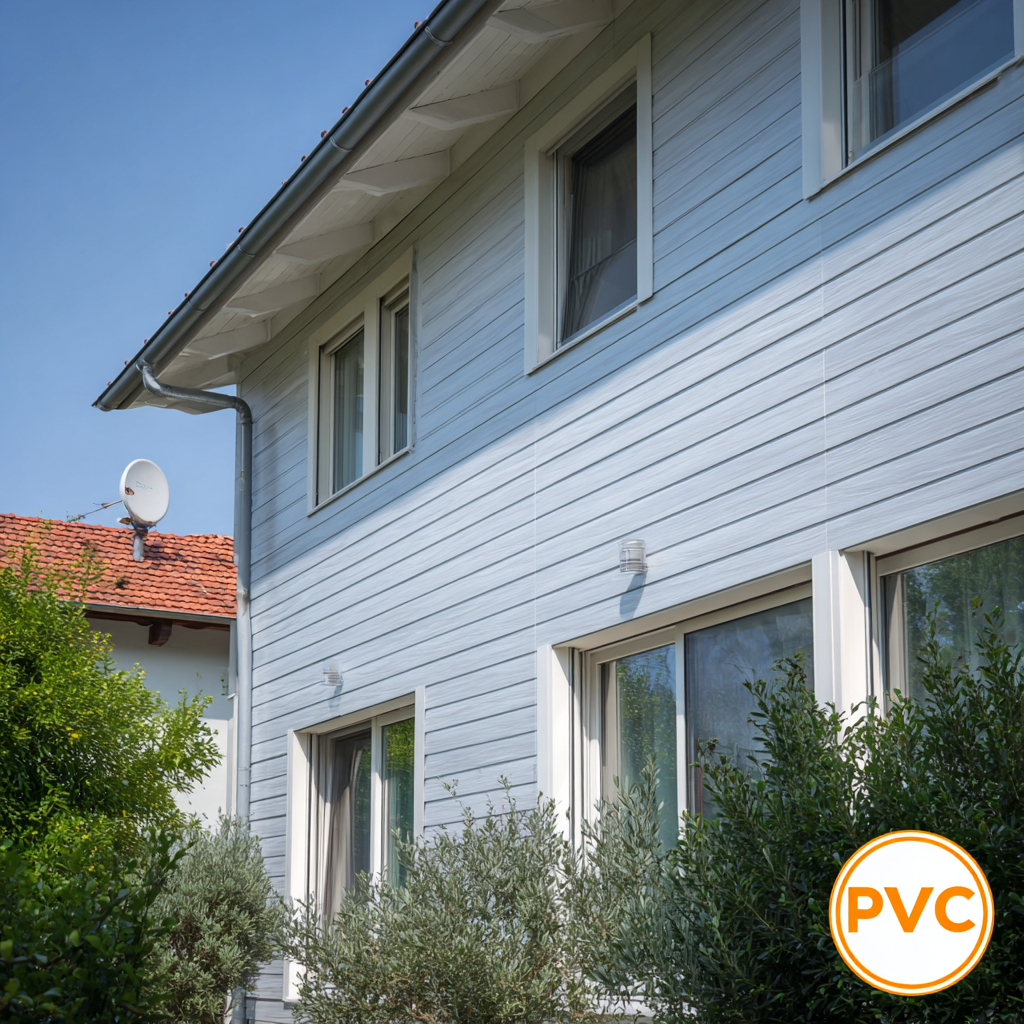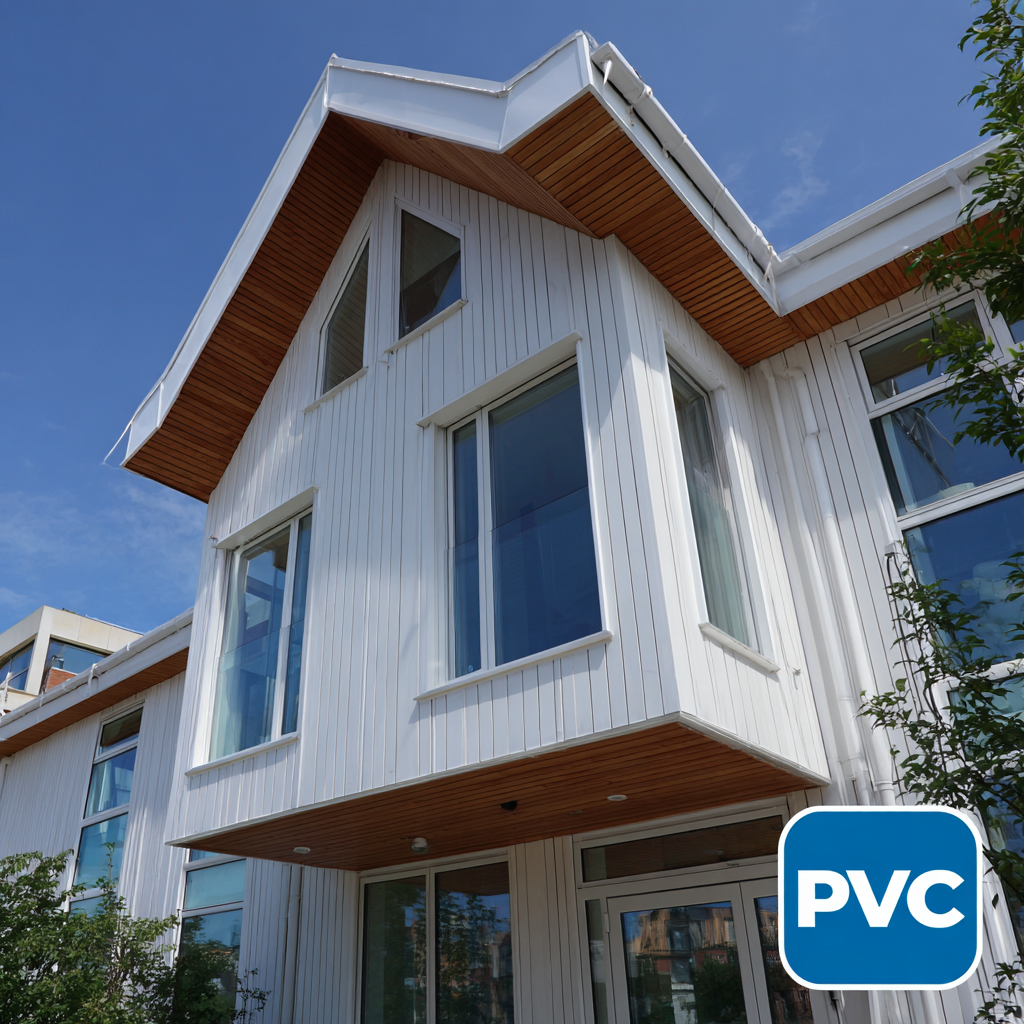Leave Your Message
-
Facebook
-
Whatsapp
-
Whatsapp


 In the realm of exterior home design, choosing the right materials is crucial for durability, aesthetics, and environmental impact. According to a recent industry report from Statista, the global PVC cladding market is projected to reach $7.6 billion by 2027, underscoring the growing popularity of PVC cladding exterior solutions among homeowners and builders alike. This surge can be attributed to its low maintenance requirements, excellent weather resistance, and a variety of design options that cater to diverse architectural styles. As more people seek sustainable and cost-effective building materials, understanding the factors that influence the selection of the best PVC cladding for your specific exterior needs becomes imperative. In this ultimate guide, we will provide you with essential tips and insights to navigate through the myriad of choices available, ensuring that your decision aligns with both performance expectations and aesthetic desires.
In the realm of exterior home design, choosing the right materials is crucial for durability, aesthetics, and environmental impact. According to a recent industry report from Statista, the global PVC cladding market is projected to reach $7.6 billion by 2027, underscoring the growing popularity of PVC cladding exterior solutions among homeowners and builders alike. This surge can be attributed to its low maintenance requirements, excellent weather resistance, and a variety of design options that cater to diverse architectural styles. As more people seek sustainable and cost-effective building materials, understanding the factors that influence the selection of the best PVC cladding for your specific exterior needs becomes imperative. In this ultimate guide, we will provide you with essential tips and insights to navigate through the myriad of choices available, ensuring that your decision aligns with both performance expectations and aesthetic desires.
When choosing PVC cladding for your home, several factors come into play that can significantly influence your decision. First, consider the durability and weather resistance of the material. PVC cladding is known for its ability to withstand harsh weather conditions, making it a preferred choice for exterior applications. Additionally, its low maintenance requirements—such as resistance to rot and fading—further enhance its appeal. The North American PVC door frame market, with a value exceeding $2.4 billion in 2023, highlights the growing demand for reliable materials in construction. This trend indicates that homeowners are increasingly investing in durable solutions for their properties.
Another crucial factor is the aesthetic versatility of PVC cladding. Available in a wide range of colors, textures, and finishes, it can easily complement any architectural style. Prospective buyers should also evaluate the environmental impact, as many manufacturers are beginning to incorporate recycled materials into their PVC products. With the North American market projected to grow at a compound annual growth rate of approximately 5.2% from 2024 to 2032, it’s clear that the construction industry is leaning towards sustainable and innovative materials. This shift presents an opportunity for homeowners to choose visually appealing and eco-friendly options for their exterior needs.
| Factor | Description | Considerations |
|---|---|---|
| Durability | Resistance to weather conditions, UV, and impact. | Look for materials that offer warranties against fading and cracking. |
| Aesthetics | Available designs and color options that match your home style. | Choose textures and colors that complement your existing exterior. |
| Maintenance | Ease of cleaning and upkeep requirements. | Opt for low-maintenance products to save time and cost. |
| Insulation | Thermal performance in temperature regulation. | Consider products with insulated backing for better energy efficiency. |
| Installation | Complexity and requirements of the installation process. | Evaluate whether to DIY or hire professionals based on ease of installation. |
| Cost | Initial investment vs. long-term savings with durability. | Compare prices but weigh against quality and longevity. |
| Environmental impact | Sustainability and recycling of materials used. | Choose options with lower environmental footprints. |
As we look ahead to 2025, the world of PVC cladding technology is evolving rapidly, driven by the latest innovations that emphasize
sustainability and aesthetics. The "CMF Trends LAB 2025" exhibition highlighted the intersection of technological advancement with
artistic traditions and local cultures, creating a compelling narrative for future design. This fusion not only enhances the visual appeal of PVC cladding but also aligns with
eco-friendly practices that resonate with contemporary consumer values.
New advancements in PVC materials are showcasing enhanced durability, flexibility, and environmentally conscious manufacturing processes. With an emphasis on recycling and the use of renewable resources,
these innovations ensure that PVC cladding remains a viable choice for exterior applications. The commitment to marrying technology with artistic aesthetics
will undoubtedly shape the future of architectural design, allowing homeowners to create unique, sustainable exteriors that reflect their personal style while remaining mindful of the planet.

When it comes to exterior cladding, PVC options have gained significant traction due to their impressive durability and low maintenance requirements. According to a recent industry report from the National Association of Home Builders, PVC cladding can last up to 30 years with minimal wear, making it a long-term investment for homeowners. In contrast, traditional materials like wood require regular painting and sealing, increasing both maintenance time and cost. With weather resistance, PVC cladding does not warp or rot, offering a sustainable choice that stands the test of time.
Tip: When choosing PVC cladding, look for products that have a high UV resistance rating, as this can help maintain color and prevent fading over the years.
In terms of maintenance, PVC cladding typically requires only occasional cleaning with soap and water. A study from the Vinyl Institute highlighted that homeowners can expect up to 50% lower cleaning costs compared with other materials. This ease of maintenance not only saves money but also offers convenience—an essential factor for busy homeowners.
Tip: Consider selecting cladding with a textured surface, as this can help conceal dirt and scratches, further reducing the need for frequent upkeep.
When selecting PVC cladding for your exterior, aesthetic choices play a crucial role in enhancing the overall appearance of your property. The color, texture, and finish of PVC cladding can significantly influence its visual appeal and how it integrates with the surrounding environment. According to a report by the Vinyl Institute, over 60% of homeowners prioritize visuals when choosing siding materials, making aesthetic considerations paramount. Opting for colors that complement the architecture and landscape can not only boost curb appeal but also increase property value.
Texture is another critical factor; smooth finishes offer a sleek modern look, while wood-grain textures provide a classic, rustic feel. Industry experts note that adding texture can create depth and dimension, making the cladding more visually interesting. When selecting finishes, consider UV resistance, as high-quality finishes will retain their look longer and save you maintenance costs in the long run.
**Tips:**
- Choose colors that harmonize with your existing structures and landscape to maintain visual continuity.
- Test samples of different textures in various lighting conditions to see how they change throughout the day before making your final decision.
- Ensure any finish you select is backed by a warranty, as this reflects the manufacturer's confidence in the product's performance.
When considering PVC cladding for your exterior needs, the environmental impact is an essential aspect to evaluate. PVC, or polyvinyl chloride, is a widely used synthetic plastic that has gained popularity for its durability and low maintenance. However, its production and disposal raise significant environmental concerns. The manufacturing process of PVC releases harmful chemicals, contributing to air and water pollution. Moreover, while PVC is recyclable, it is not commonly accepted in many recycling programs, leading to increased plastic waste in landfills.
Despite these concerns, advancements in technology have improved the sustainability of PVC products. Some manufacturers are now using recycled materials and adopting eco-friendly practices to minimize environmental harm. Additionally, PVC cladding's longevity can reduce the need for frequent replacements, ultimately decreasing resource consumption over time. However, consumers should look for certifications and eco-labels when selecting products to ensure they support manufacturers committed to environmental responsibility. By making informed choices, you can enjoy the benefits of PVC cladding while mitigating its impact on the environment.

